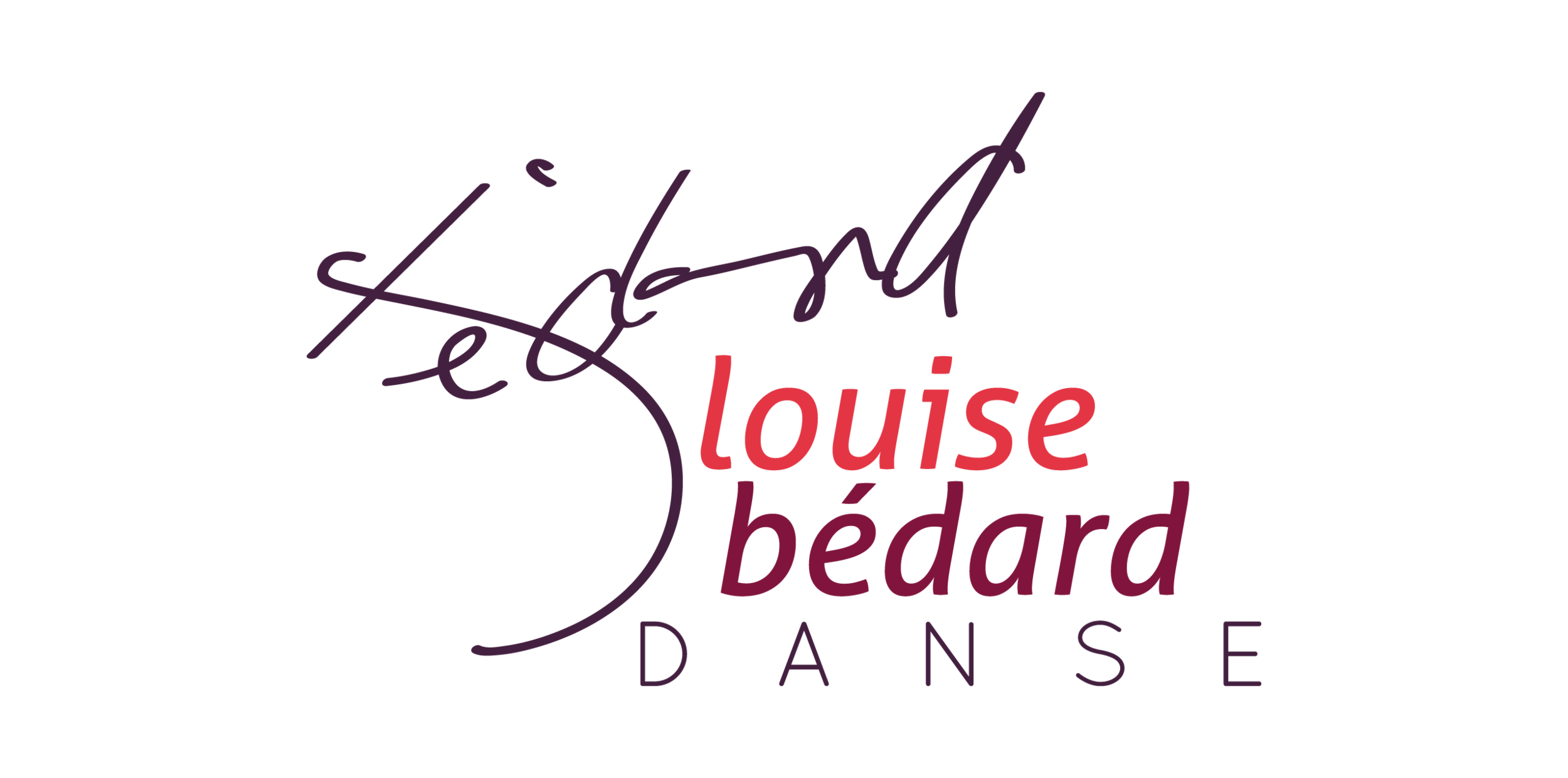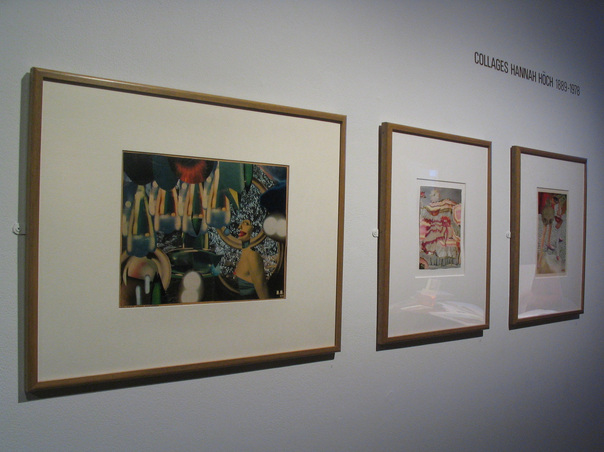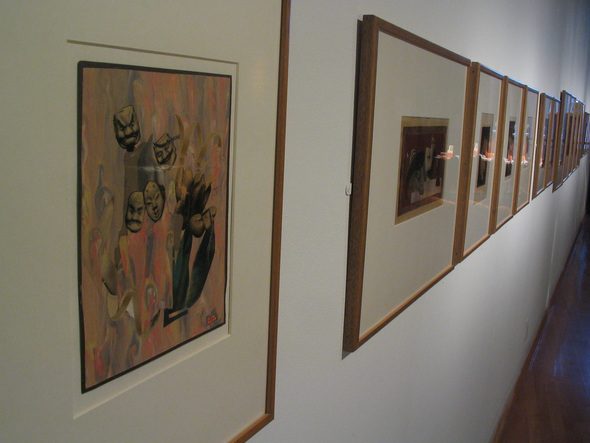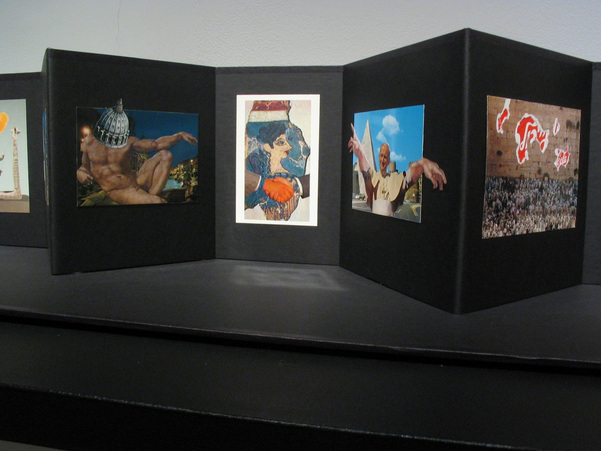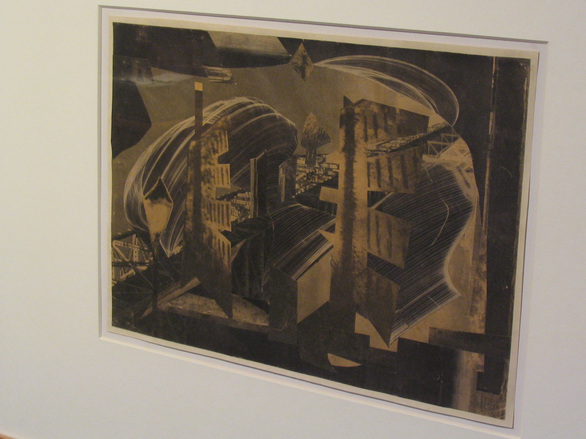From October 8 to November 13, 2005, at the Maison de la culture Côte-des-Neiges, in Montreal, two exhibitions were staged side by side. The first, Collages Hannah Höch (1889-1978), was a project conducted by Louise Bédard Danse, in parallel to the performances of Ce qu’il en reste, presented at Usine C, from October 25 to 30, 2005. The second exhibition, titled Scholars, monsters and travellers… Collages and contemporary amalgams. — was initiated by Luce Botella, the cultural agent at the Maison de la culture Côte-des-Neiges, and by curator Lucie Bureau. Six artists from Montreal : Paul Lussier, Paul Lowry, Michele Peress, Suzanne Blouin, Guy Mercier and Louise Bédard were gathered to present a contemporary counterpart to Hannah Höch's world of collages.
Collages Hannah Höch 1889-1978
Notes by curator Lucie Bureau (written in 2005)
The 31 collages gathered for this exhibition were placed into circulation by the Institut für Auslandsbeziehungen (IFA), based in Stuttgart. This collection is a mere sample of a much larger ensemble of collages created by the artist during a period stretched over four decades. Hannah Höch made drawings, painted and crafted objects, but collage above all is what spanned through her body of work. Witness to a period of great turbulence, Hannah Höch considered that her role as an artist was to record events and to convey them pictorially. In her very own way, she created true visual catalogues depicting the social and political confusion that preceded and followed both world wars in Europe. The historical topicality of her works is explicit since the documents she used can be traced back to the newspapers and magazines of that time. The manner in which she arranged the visual cutouts sets the composition tone, either pointing towards social and political commentary or towards formal experimentation. Behind an apparent disorganization, the images composed with clippings from magazines, flyers, original photographs and coloured paper offer a sharp and useful gaze on that moment in time. Although art historians have focused mostly on the dada period of her work, the fact remains that her artistic activity, especially the collages, runs up to the 1970s. Her body of work should thus be approached with openness, to grasp the full underlying coherence that spans across this impressive number of collages.
